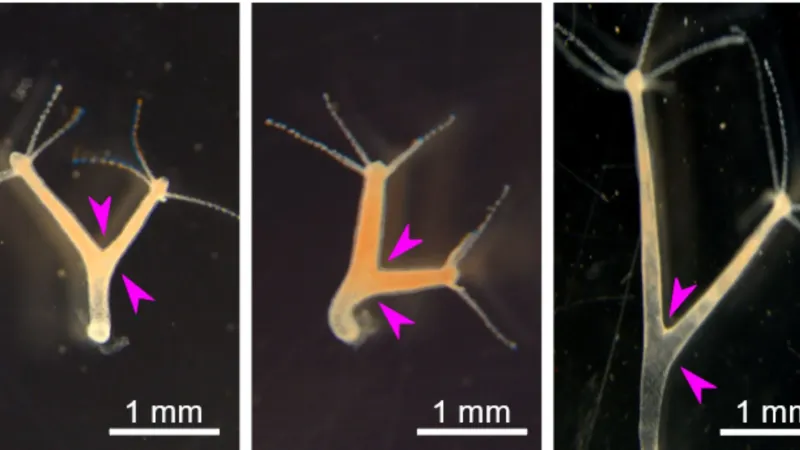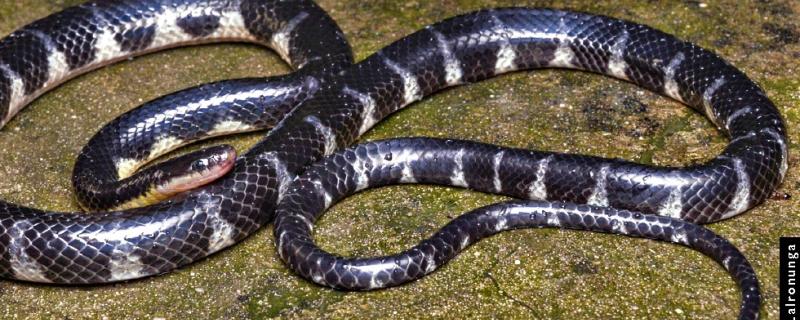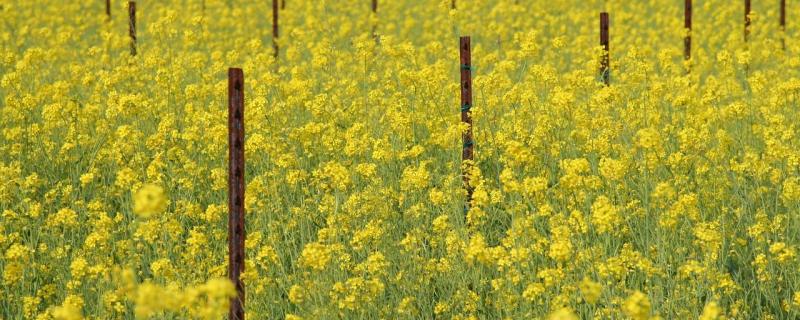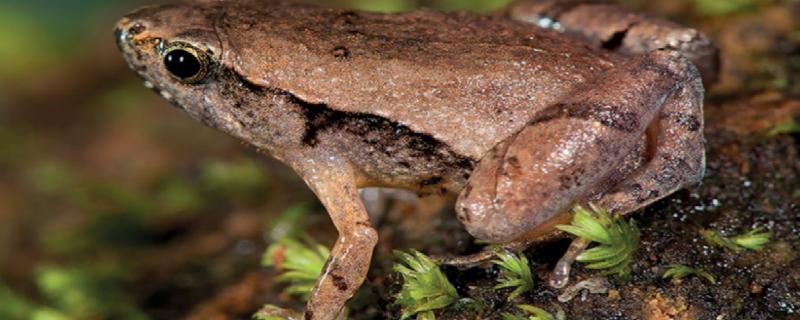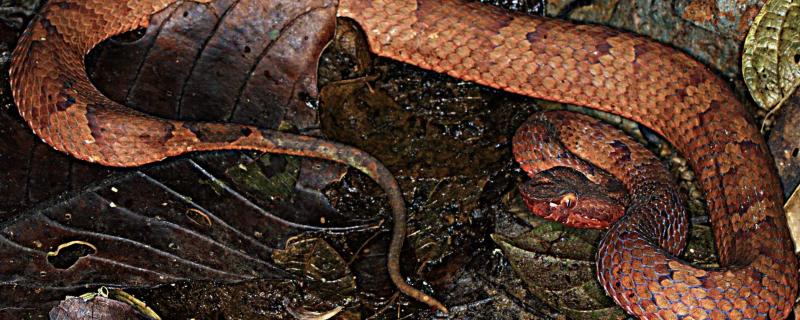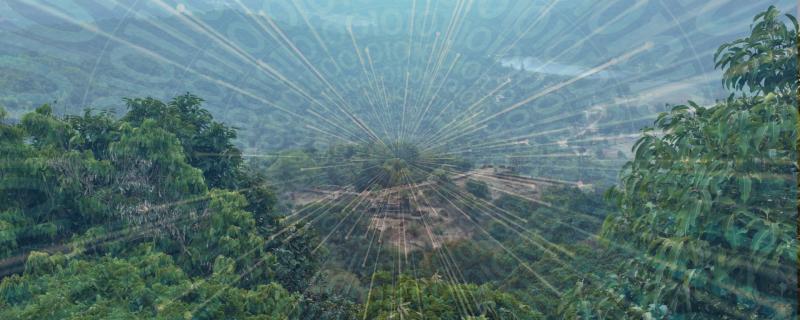It is the 21st century, and human beings have transcended their lives far from ordinary. And yet, the origin of life on Earth is still one of the greatest mysteries of all times. Until now, biology explained the origin of life as the formation of the cell, ultimately creating every living organism on the planet. However, the plausibility of this theory has been challenged by a new one that casts the origin of life as an inevitable outcome of thermodynamics—an essential part of physics.
Ecology
Researchers from NCBS, NHM, WII, Mizoram University, Pachunga University College, and IISc have documented a new genus and species of Natricine snake from Northeast India.
Researchers from Bose Institute, Kolkata, investigated the effect of air circulation and the varying climatic conditions on the mustard aphids that migrate across the Indo-Gangetic Plains in Northern India. The authors traced the pests’ exact origin by studying the backward courses of air movement along known migratory routes.
Every year, the 5th of June is observed as the World Environment Day to “encourage worldwide awareness and action to protect our environment”. For 2019, the theme is ‘Air Pollution’, and the host country is China. On this occasion, Research Matters caught up with three leading scientists from the country that are actively pursuing research on different aspects of air pollution. The three researchers, Prof. A R Ravishankara, Prof. S K Satheesh and Prof. Navakanta Bhat shared their work and thoughts on the ‘burning’ problem of air pollution.
Researchers from the IIITD, CSIR-IMT and DU designed NeuroPIpred, a web-based tool that uses machine learning techniques to craft insect-specific pesticides.
In a recent study, researchers have reported the discovery of yet another species of frog in the Western Ghats of Kerala. This species, named Microhyla darreli belongs to the genus Microhyla, commonly known as narrow-mouthed frogs because of their triangular-shaped body and pointed snout. The frogs of this genus are widely distributed through Japan, China, India, Sri Lanka and Southeast Asia.
Water Hyacinth (Eichhornia crassipes) is a free-floating perennial aquatic plant, native to the Amazon basin in South America. The beautiful, large, purple flowers make it a favourite ornamental plant. However, its beauty is only surface deep, since it has a bad reputation of being one of the worst aquatic weeds in the world.
Researchers discover a new species of pitviper in Arunachal Pradesh and name it Trimeresurus arunachalensis or the Arunachal pitviper.
Researchers from the KTH Royal Institute of Technology, Sweden, Bombay Natural History Society, Mumbai, Aarhus University, Denmark, ICPO ‘Biologists for Nature Conservation’, Russia and the University of Washington, USA, have reported the effect of urbanisation on the diversity of birds.
Forests, with their rich biodiversity, play a critical role not only in the ecology of a region but also in social systems that involve humans. Researchers from the University of Illinois, USA, used artificial intelligence to evaluate the forest management policies in Himachal Pradesh, India.
